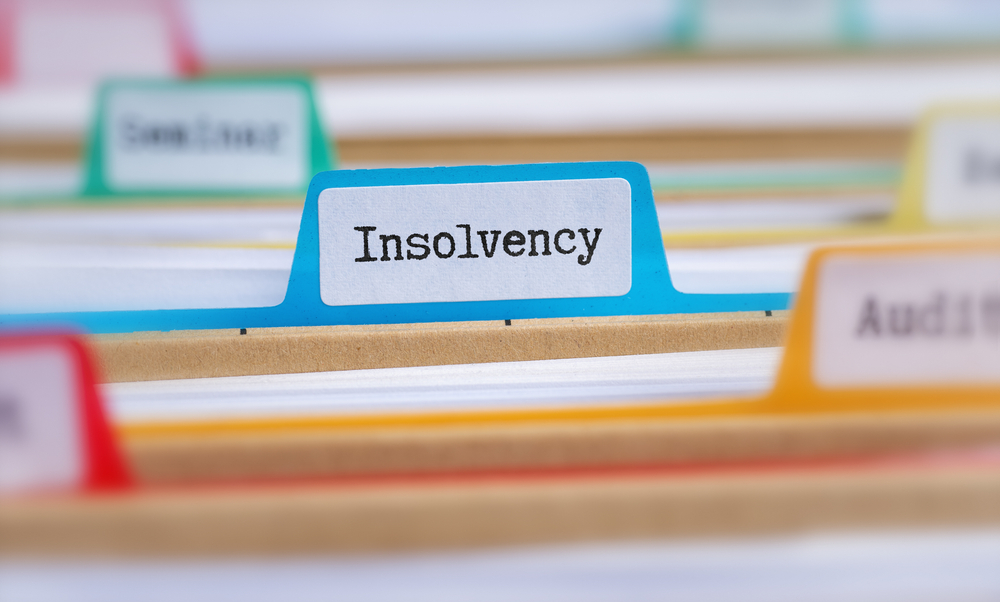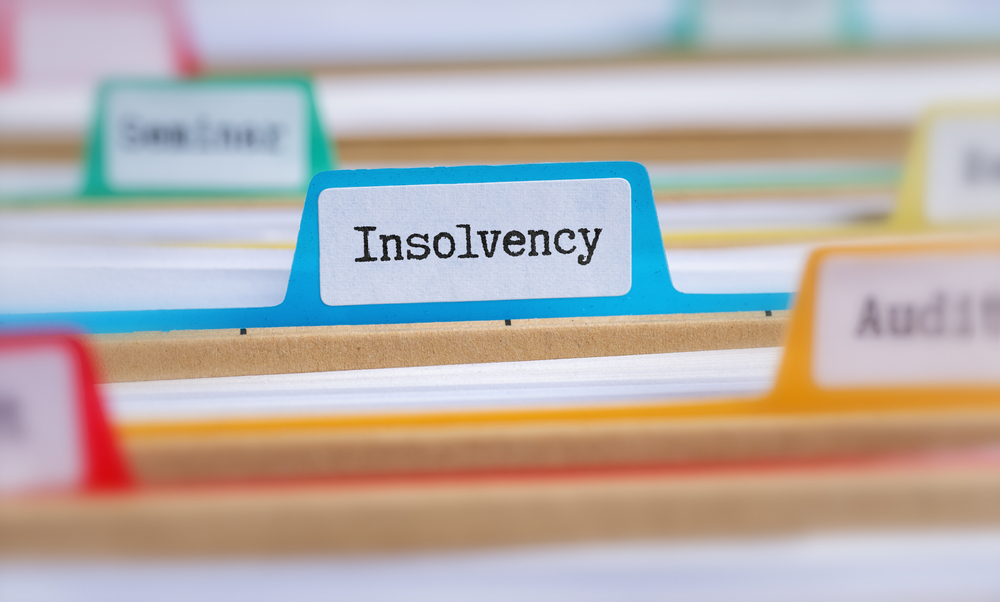
What is a Preferential and Non-Preferential Creditor?
Understanding the difference between preferential and non-preferential creditors in insolvency.
What is a Preferential and Non-Preferential Creditor?
The term preferential creditor, sometimes interchangeable with ‘preferred creditor’, is a creditor whose right to payment is deemed of more importance than another.
Non-preferential creditors, also known as unsecured creditors, are usually standard trade creditors who are paid after preferential debts have been settled in cases of insolvency.
If need help right now, click the live chat during working hours, or call us on 0800 074 6757. We’ve helped 1000’s of directors navigate difficult financial circumstances.

What is the Order of Priority for Debt Repayment in Insolvency Proceedings?
In UK corporate insolvency proceedings, the order of priority for debt repayment is as follows:
- Secured Creditors: Creditors with a legal charge or security over a company’s assets, such as banks or financial institutions, are paid first from the proceeds of the sale of those assets.
- Preferential Creditors: After secured creditors, preferential creditors are paid. These include certain debts owed to employees (e.g., wages and holiday pay) and certain taxes owed to the government (e.g., VAT and PAYE).
- Prescribed Part: A portion of the company’s assets, known as the “prescribed part,” is set aside for unsecured creditors. This is calculated as a percentage of the company’s net property, up to a maximum of £800,000.
- Floating Charge Holders: Creditors with a floating charge over the company’s assets are paid from any remaining funds after the prescribed part has been allocated to unsecured creditors.
- Unsecured Creditors (also known as non-preferential creditors): These creditors, such as suppliers and lenders without security, are paid from any remaining funds on a pro-rata basis.
- Shareholders: If any funds remain after all creditors have been paid, shareholders may receive a distribution. However, in most insolvency cases, shareholders receive nothing.
Examples of Preferred Creditors
Preferred creditors include:
(a) Employees: Unpaid wages, salaries, and accrued holiday pay owed to employees are considered preferential debts. This is because employees have provided their time, skills, and labour to the company, and their compensation is seen as a high priority. In the UK, employees are entitled to receive up to £800 in unpaid wages and up to six weeks’ worth of holiday pay as preferential debts.
(b) HMRC: Certain taxes owed to the government, such as Value Added Tax (VAT) and Pay As You Earn (PAYE) income tax, are classified as preferential debts.
(c) Contributions to pension schemes: In some cases, unpaid contributions to occupational pension schemes may be considered preferential debts, providing a degree of protection for employees’ retirement benefits.
(d) Tort claimants: In situations where the insolvent company faces legal claims for damages caused by their wrongful actions (such as personal injury or property damage), the claimants may be assigned the position of preferential creditors.
Is Hmrc Considered a Preferential Creditor?
The status of HM Revenue and Customs (HMRC) as a preferential creditor has changed over time. As of 1 December 2020, HMRC regained its status as a secondary preferential creditor for certain taxes as a result of the Finance Act 2020.
Before 2002, HMRC was always considered a preferential creditor. However, the Enterprise Act of 2002 removed this right, making HMRC an unsecured creditor for all forms of tax. Under the current law, HMRC ranks as a secondary preferential creditor, ahead of floating charge holders and unsecured creditors, for taxes collected and held by businesses on behalf of other taxpayers.
Which HMRC debts are preferential?
These include:
- VAT
- PAYE (Pay As You Earn) Income Tax
- Employee National Insurance Contributions
- Construction Industry Scheme Deductions
- Student Loan Deductions
There is no time limit or financial cap on HMRC’s preferential status for these debts.
However, for taxes HMRC collects directly, such as corporation tax and employer National Insurance Contributions, HMRC remains an ordinary unsecured creditor.
Fixed charge holders still rank as the top creditors in terms of priority, even above HMRC.
Ordinary Preferential Creditors vs. Secondary Preferential Creditors
In UK insolvency law, there are two categories of preferential creditors: ordinary preferential creditors and secondary preferential creditors.
Ordinary Preferential Creditors are those who have priority over unsecured creditors and floating charge holders but rank below secured creditors (i.e., fixed charge holders). ets before unsecured creditors and floating charge holders.
Secondary preferential creditors are a category of creditors that rank below ordinary preferential creditors but above floating charge holders and unsecured creditors.
Prior to the Finance Act 2020, this category included certain debts owed to the Redundancy Payments Service (RPS) and the National Insurance Fund (NIF). The Finance Act 2020 expanded the scope of secondary preferential debts to include the HMRC debts listed above.
Resources
If you’d like to register as a creditor an insolvency or liquidation, HMRC has some guidance you can use here.
You’ll also need legitimate proof of debt, which you can read more about here.








